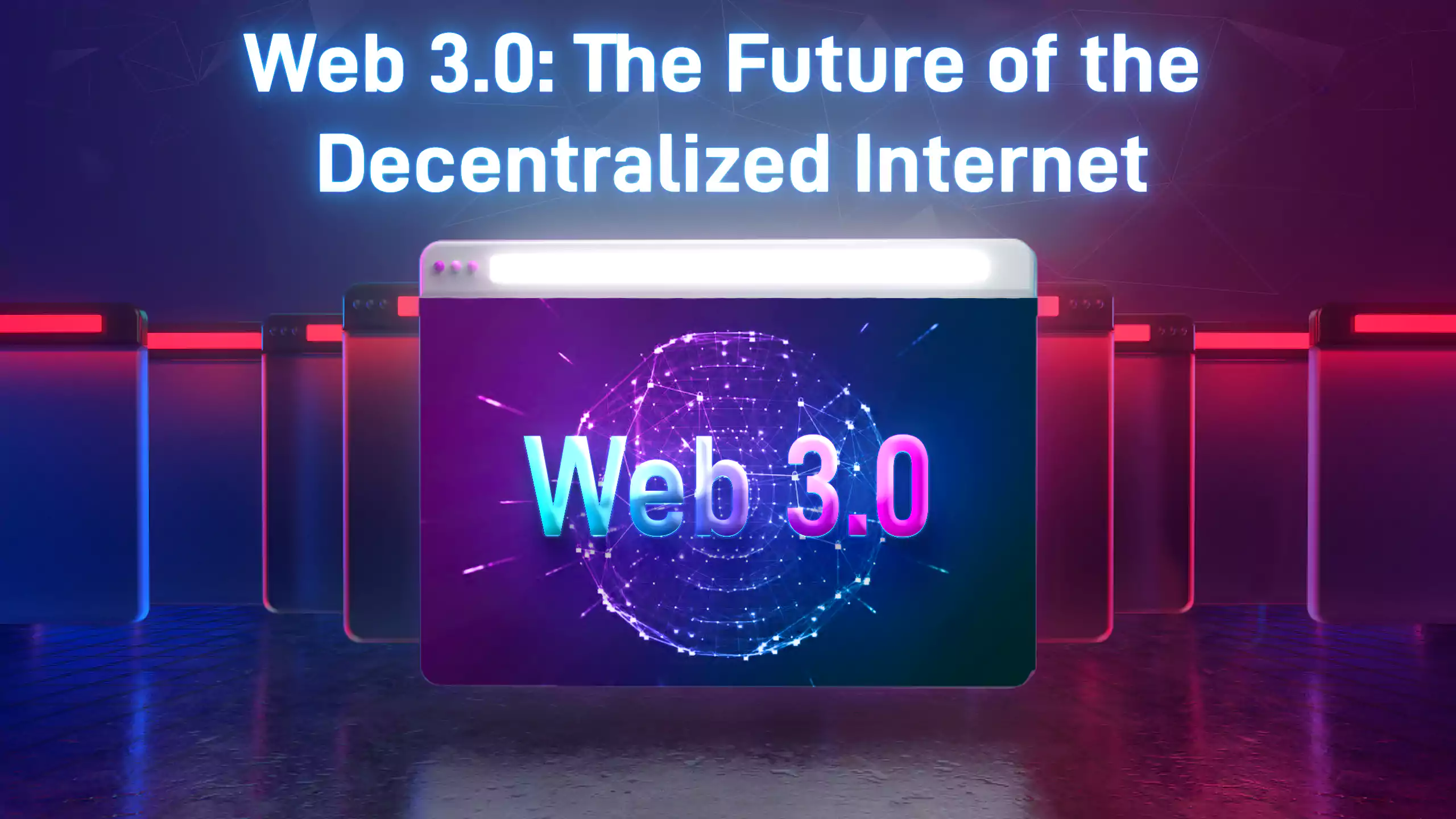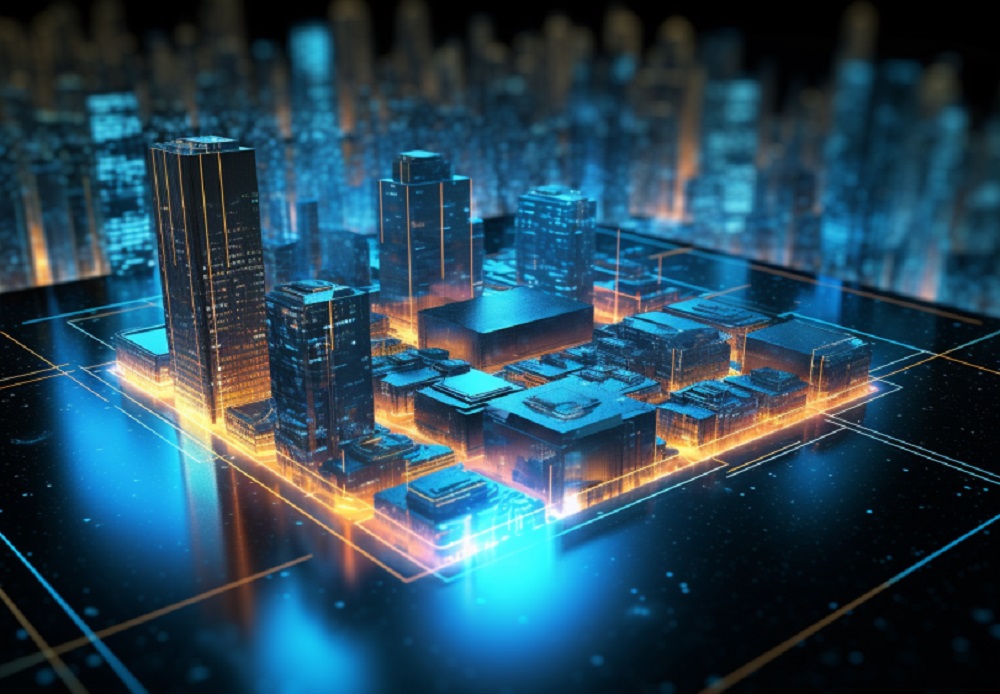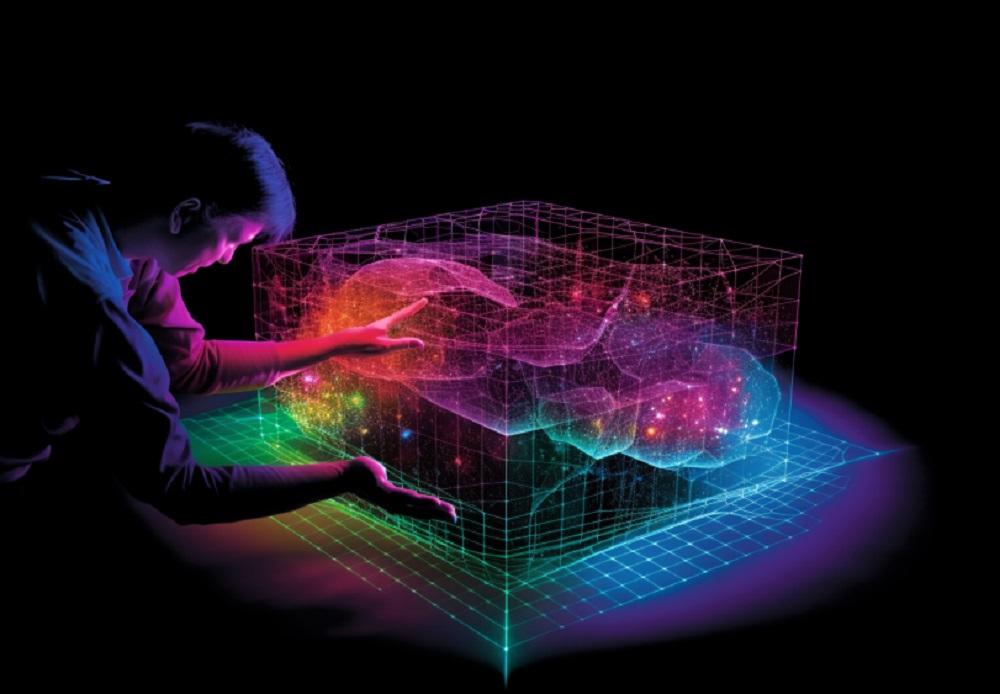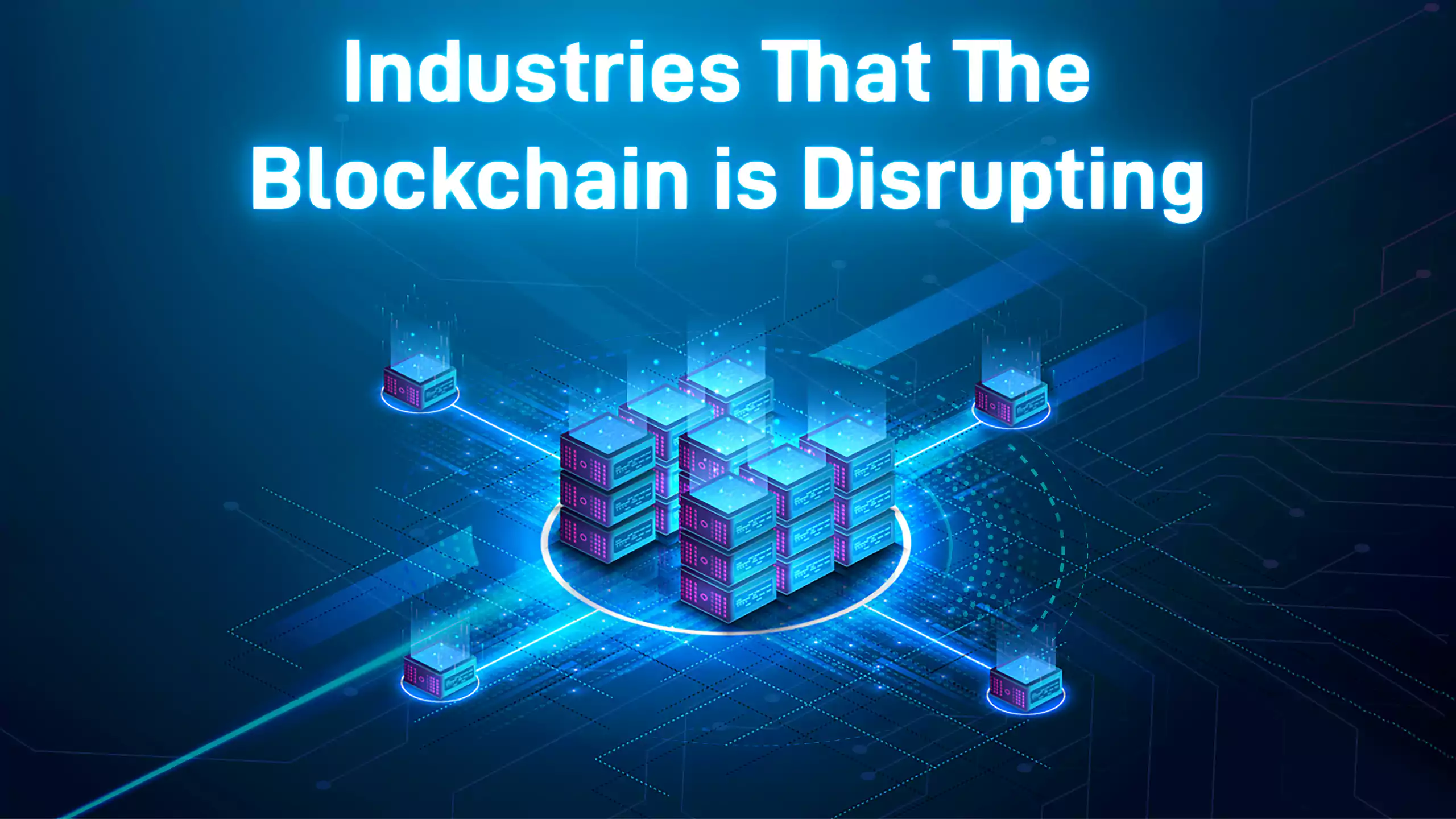The internet we use today is markedly different from what it was ten years ago. As opposed to what we had in the 90s, web 1.0 and web 2.0, web 3.0 provides solutions and complements to the web with an amazing array of innovations.
A significant limitation is the issue of data breaches and information leaks considered in Web 2.0, which led to excessive soft data loss for persons and companies using this web. The proposed web 3.0 solves many of these shortcomings by fundamentally rethinking how user-website interface, architecture, and interaction can be simplified and secure.
What is Web 3.0?
Web 3.0, also known as the decentralized or semantic web, is the impending third web era. This web will handle data and information in a brilliant human-like manner through technologies like Artificial intelligence (AI) and decentralized ledger technology (DLT). This implies that rather than looking for content based on catchphrases and numbers, we can utilize Al to comprehend the content semantics on the internet.
How Does Web 3.0 Work?
The definitive quality of Web 3 includes:
- Decentralization,
- Trustless, and permissionless
- Artificial intelligence (AI) and Machine learning.
- Connectivity and ubiquity.
As a website body, Web 3.0 represents the next-generation phase. This works to transform the paradigm of Internet users based on the crucial core quality it possesses.
It offers decentralized access to data, which differs significantly from Web 2.0 that mainly stores data in central locations. This web allows end-users to publish and own their content, which is a good idea for the money-making sector of the internet. With Web 3.0, no central authority requires permission to post anything on the web; there is no main switch, and complete freedom from indiscriminate censorship is guaranteed.
Additionally, with Web 3.0, computers will be able to decipher information just as accurately as humans. These technologies are based on concepts of the Semantic Web and natural language processing. Widespread use of machine learning in Web 3.0 will enable algorithms and data to mimic human behavior, learn what humans are like, and improve system accuracy.
These capabilities will allow computers to produce faster and more relevant results in many areas, such as drug development and technology-based biomedicine, instead of just targeted advertising, which accounts for the bulk of current efforts.
Web 3.0 will be trusted, allowing members to interact directly without intermediaries and permission, and decentralized and built on open-source software. As a result, Web 3.0 applications are based on blockchains such as those found in Ethereum, decentralized P2P networks, or a combination of these technologies.
The Future of WEB 3.0
This project will allow end-users to take ownership as co-owners of the web in the future. We are about to witness a climate where users don’t just use the web, but win and earn from the profits made by their content in explicit decentralization.
In a tweet made by Elon Musk, the founder, CEO, and chief engineer of SpaceX and Tesla, he said, "I'm not claiming that Web 3.0 is real; it seems more of a marketing buzzword than reality at the moment; I'm just wondering how the future will play out in 10, 20 or 30 years. 2051 sounds crazy futuristic!."
As a linker, Web 3.0 is an all-encompassing switching system. This allows both the end-users and the network to decentralize the internet. It helps curb data breaches on the previous web, and those interested in technology and cryptocurrencies now have a data control monopoly.
Web 2.0 prevents user access to multiple accounts on platforms and provides varying logins and interfaces for the respective companies. However, this is not the case in Web 3 where users will be allowed multiple access from this
According to Harish Daiya, CEO of the technology consulting firm Lumenci,
“Web 3.0 is an advancement of Web 2.0, what the new web can do in 2022 is what the previous web did in 2001 and many tech companies are following this lead".
He further said that although the world is moving towards web decentralization, the web in use as of now still has centralized storage and backing.
However, Some networks are taking the lead in the step of decentralization such as the Ethereum which is the largest decentralized network. Many other decentralized apps are in use for finance, arts, collectibles, gaming, and other technology usage.
Recently the Meta Chief executive, Mark Zuckerberg, in a conversation with Shark Tank's Daymond John, said that Instagram would start testing NFTs this week to help creators display and make money from their digital artworks. This is an advancement of the Web 3.0 network that allows the decentralization of this website even on centralized pages such as Instagram.
Despite the idea of decentralization and other benefits offered by Web 3.0 seems exciting. There are still various limitations in achieving these dreams. Currently, the picture looks more like a marketing idea and is far from mature.
Mark Zuckerberg, CEO of Meta, a Metaverse expert, is optimistic about Web 3.0. He explained in an interview that, “although Web 3.0 is still far from maturity, the applications will reach this level in five years".
According to Investopedia, decentralization brings significant legal and regulatory risks such as cybercrime, hate speech, and misinformation. These problems were common and difficult to contain, escalating in a decentralized structure due to a lack of central control. A decentralized web would amplify these adverse effects and make regulation and enforcement very difficult.
Will Web 3.0 Revolutionize the Internet?
Web 3.0, being the third-generation system, will enable significant semantics, giving the end-users a more intelligent, connected, and friendly website. With the rapid advancement of technology, this dream is closer to reality and will create a new interface for end-users of this platform.
With the incorporation of blockchain and cryptocurrencies, content creators are rewarded for their content sales or views. This will increase the number of users on the web because it provides leverage for people to engage more on the Internet and earn from it.
Web 3.0 in blockchains, digital markets, and metaverse is a great revolution for the Internet. Recently, the Meta CEO, Mark Zuckerberg, changed the name of his company Facebook to Meta, a bold indication to buttress his vision to move the company towards developing a Metaverse. However, the metaverse is still in its infancy, in bits and pieces, but soon could be the next evolution of the internet.
Conclusion
Web 3.0 will accelerate the fair and transparent use of user data, from personalized search results to cross-platform development tools and the use of 3D graphics. The web is becoming more immersive and interactive. While it offers rich opportunities as a lever for income generation, it sustains both the web and the end-user of the system, making the web far more savvy, independent, and open.






